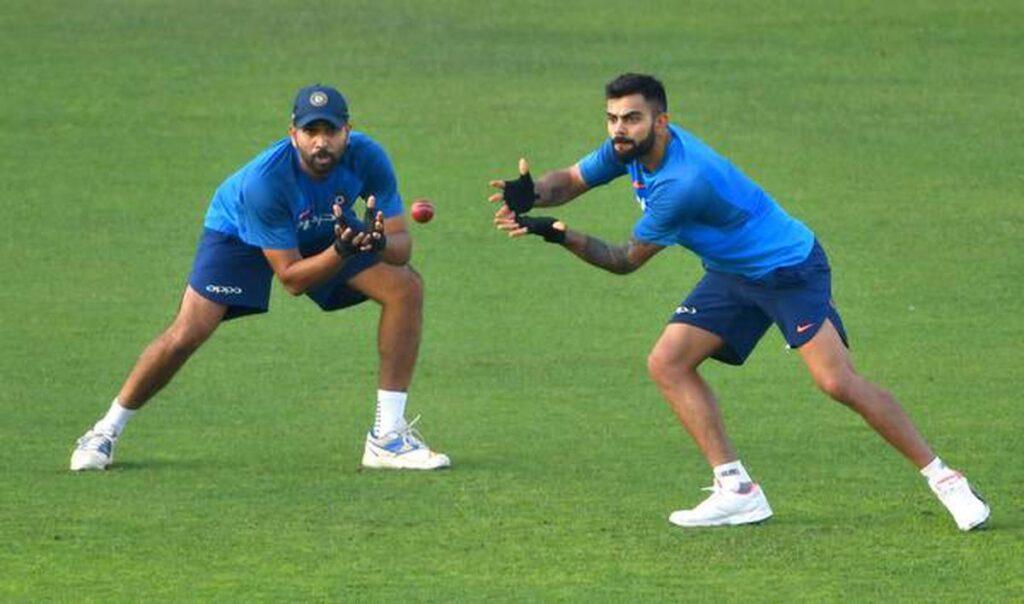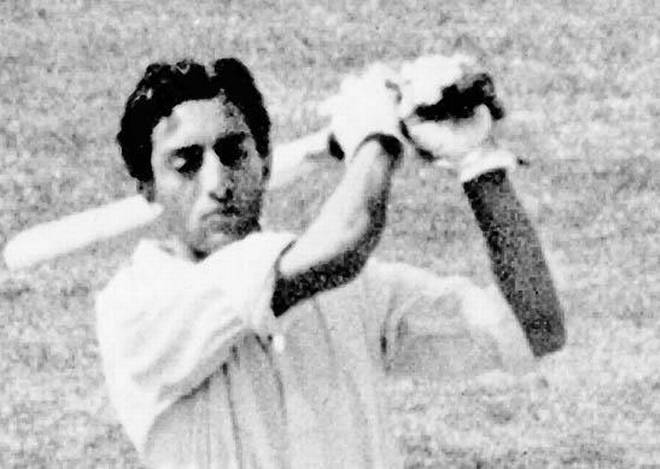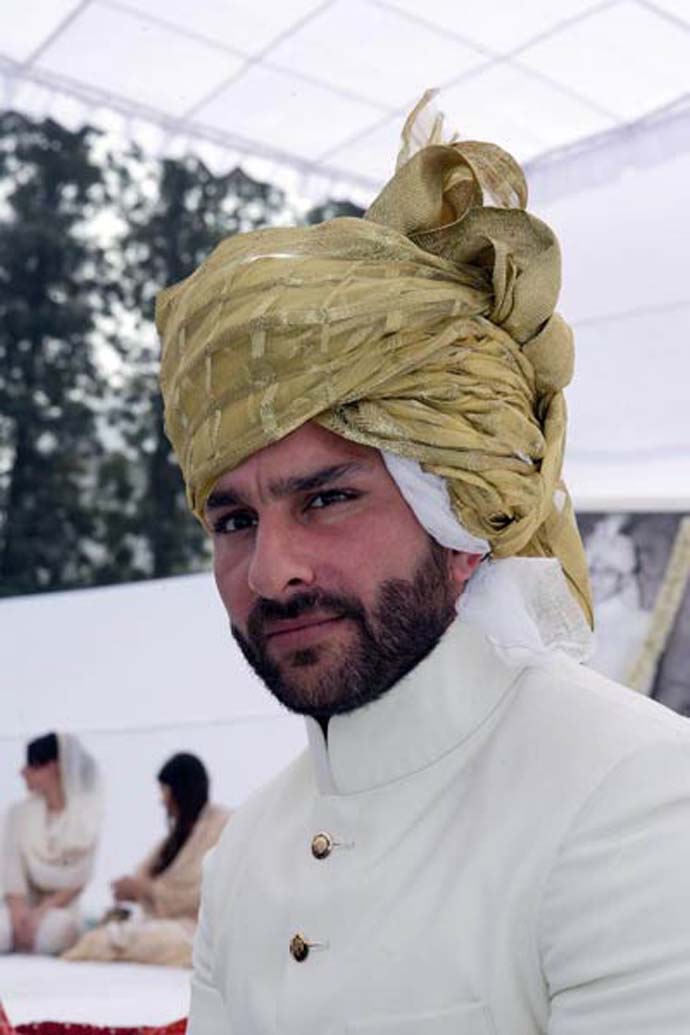Bhopal, MADHYA PRADESH / NEW DELHI :

Watching Ravindra Jadeja, Rohit Sharma, Ajinkya Rahane, Virat Kohli chase everything and catch everything today, it might be difficult to believe that India began as a team that chased reluctantly and caught by accident.
On a tour of Pakistan, Lala Amarnath, who was there as a media expert introduced me to Gul Mohammed, who had played eight times for India before migrating to Pakistan and playing there. “Greatest fielder,” said Amarnath in the manner he was famous for, leaving it to the listener to fill in the details.
In the years that Indian fielders dropped catches merrily and often let the ball slip through to the boundary, it was not difficult to earn that sobriquet. Perhaps there was one adequate fielder in every generation, and he automatically qualified as the greatest.
I didn’t tell Amarnath that, of course. I was young, on my first full tour and there was something about Amarnath — India’s first Test centurion and first captain of independent India — that kept such responses in check.
In India’s first-ever Test at Lord’s, Lall Singh, probably the only Test cricketer to be born in Malaysia, ran out Frank Woolley to reduce England to 19 for three on the first morning. In later years, Vinoo Mankad was a fine fielder off his own bowling, and Hemu Adhikari earned a reputation as a top class cover point. But it wasn’t until Tiger Pataudi — among the greatest cover points in the game — that India began to pay attention to this aspect of the game.
Trend-setter
“He was doing in the 1960s what modern fielders do as a matter of course now,” according to Sunil Gavaskar. In South Africa, Colin Bland, who many consider the greatest cover fielder ever, told me that Pataudi might have been better than Jonty Rhodes “because his anticipation was superior”.
“I am fanatical in my demands for keen fielding,” Pataudi wrote. He told his team in England, “Although I want to see a smart turnout when we leave the pavilion, once the match starts I want to see a lot of grubby knees…if it takes four or five days to get your flannels cleaned, blame the laundries. I am prepared to put up with a scruffy looking team, but I will never permit scruffy fielding.”
The philosophy percolated down. Pataudi’s boys Ajit Wadekar, Eknath Solkar, Abid Ali, Venkatraghavan, Sunil Gavaskar all played key roles as fielders in India’s maiden series wins in the West Indies and England, although he was no longer captain by then.
Attitude issues
Fielding and fitness began to be taken seriously by a team that had got off on the wrong foot thanks to the attitude of the Maharajahs who played the key roles in the early years and probably believed that running was beneath them. They were perhaps irritated too by the fact they couldn’t ask their retinue of servants to do the job instead.
The cricket historian Edward Docker summed up the early Indian approach thus: “The deep field couldn’t be relied upon to walk in with the bowler. Fieldsmen failed to anticipate the ball. Or overran it. Or used their feet to stop it. The catching was poor, the throwing abominable…”
Writing in the 1940s, the journalist Berry Sarbadhikary said, “Although homilies on the need for first-class fielding are indulged in freely by men in authority, it is the same persons who take the least notice of fielding ability when it comes to the actual selection…”
Watching Ravindra Jadeja, Rohit Sharma, Ajinkya Rahane, Virat Kohli chase everything and catch everything today, it might be difficult to believe that India began as a team that chased reluctantly and caught by accident.
Emergence of fielding stars
Pataudi’s example and attitude changed all that. Brijesh Patel, who began his first class career in 1969-70 was still cutting off boundaries and cover drives nearly two decades later by which time India’s finest all round fielder had emerged. This was Mohammad Azharuddin, as spectacular in the slips as he was in the outfield, his lithe form adding grace to his movements.
By then Kapil Dev had already exhibited his natural athleticism — he was a superb catcher at gully, but was needed to patrol the outfield where his casual throws to the top of the stumps were a treat.
India’s stock grew in white ball cricket, and a bunch of fielders helped make that happen: Yuvraj Singh, Suresh Raina, Mohammed Kaif.
Today it is no longer necessary to ‘hide’ a fielder, as India were once forced to do when players were important for one or two of three skills, or when they were chosen for reasons other than cricket.
The flat-footed was stationed in the slips with the prayer that no snick would go to him; or at mid-on hoping that an on-drive might fortuitously be stopped by a boot or a knee.
The story of Indian fielding is the evolution from ten passengers (usually) in a team to none at all. The Maharajkumar of Vizianagaram, who led on a tour of England, would not recognise this team.
source: http://www.thehindu.com / The Hindu / Home> Sport> Between Wickets / by Suresh Menon / June 08th, 2022











